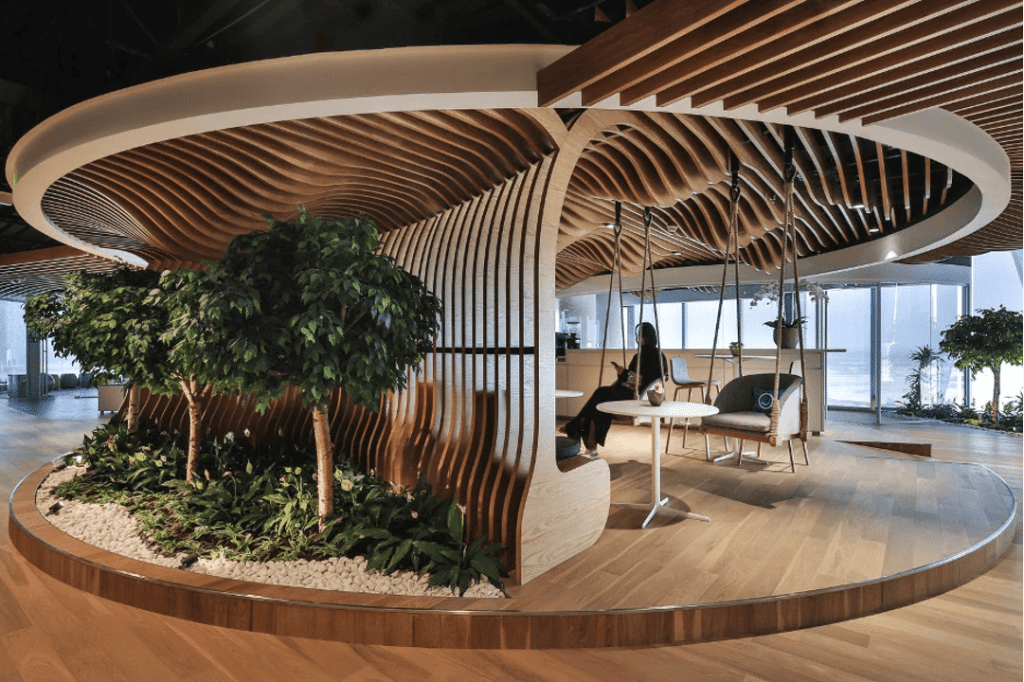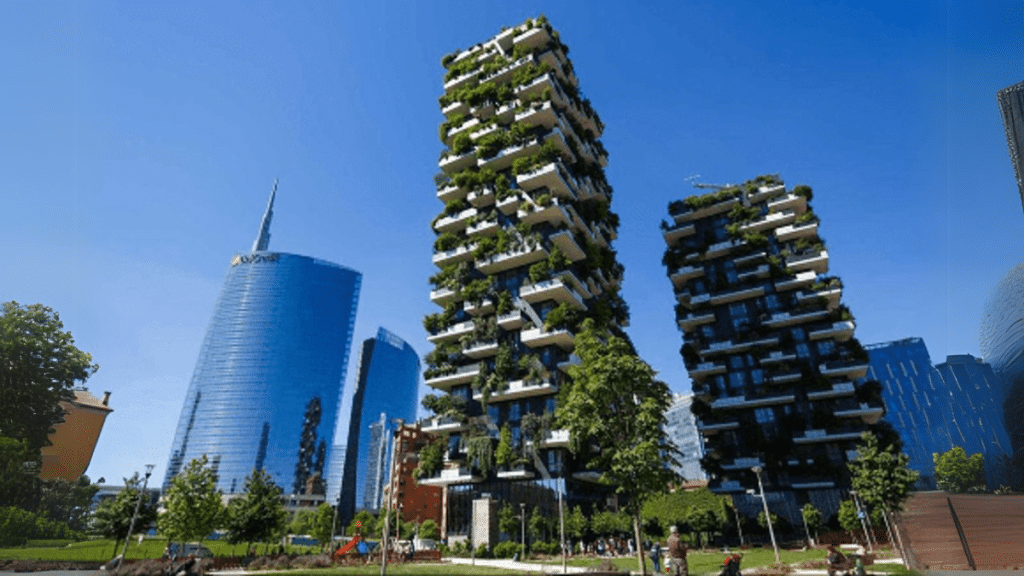Renowned architect Rodolfo Glenton analyzes the current trends and evolution that has been taking place in architectural design, from the implementation of cutting-edge technology to sustainability. With over two decades of experience, Glenton has witnessed the dramatic evolution of architectural trends, and in an exclusive interview, he shared his thoughts on the future of architecture, the integration of technology, and the growing importance of sustainability and resilience in design.
The Rise of Smart Architecture
As the world moves into the digital age, architecture is undergoing a major transformation. Glenton sees the increasing prevalence of smart, responsive buildings as one of the most significant trends in architectural design. “The age of AI is set to permeate all aspects of our society, and architecture is no exception,” he says. “Smart buildings, smart homes, and even office spaces are becoming more integrated with technology, allowing for enhanced functionality and control.”
Glenton notes that companies in the US and Europe are already designing office buildings with employee tracking systems that gather real-time data on everything from working habits to energy consumption. “This requires a new approach to design,” he explains. “For example, security and the management of data centers have become critical components of building design. We’re seeing the rise of Intelligent Building Management Systems (BMS), which allow businesses to optimize resources efficiently.”
In residential design, Glenton observes that “automation is no longer just a luxury; it’s becoming a standard. Clients now expect to control everything from lighting to climate control via their smartphones.” He predicts that in the near future, these technologies will become so integrated into buildings that they may even become part of building codes. “Smart architecture is not just a trend—it’s here to stay,” Glenton asserts.
The Aesthetic and Functional Impact of Smart Design
While technology brings new functional possibilities, it also influences architectural style. Glenton points to the growing preference for minimalist design, which emphasizes simplicity and purity in form. “The integration of smart technologies has made design more complex,” he notes. “Architects now need to coordinate with not only mechanical, electrical, and plumbing specialists but also automation experts to ensure that these systems work seamlessly within the building.”
Despite the complexity, Glenton finds excitement in the opportunities that technology offers. “The ability to generate multiple design options using AI is a game-changer,” he says. “Architects no longer need to rely solely on traditional methods of design, freeing up time for more creative decision-making.”

Biophilic Design: Bringing Nature Back into Architecture
One of the most exciting trends in architecture, according to Glenton, is biophilic design. This approach seeks to reconnect people with nature by integrating natural elements into the built environment. “As humans, we have evolved through a deep connection with nature. Yet, architecture has often distanced us from it,” Glenton explains. “Biophilic design brings that connection back, creating environments that promote well-being and mental health.”
Glenton praises the work of Yale professor Stephen Kellert, who has extensively researched the benefits of biophilic design. “The idea that nature should be a vital part of our built environment makes perfect sense,” he adds. “We’re starting to see biophilic principles integrated into certifications like LEED, and I believe this trend will only grow stronger in the future.”
Technology and Sustainability: A Harmonious Integration
As an advocate for both innovation and environmental stewardship, Glenton also stresses the importance of sustainable and resilient architecture. “Sustainable design is no longer a niche—it’s a global movement,” he says. “Architects today are tasked with creating buildings that not only minimize their environmental impact but also contribute to the long-term resilience of our communities.”
Glenton highlights the use of renewable energy sources, energy-efficient design, and sustainable materials as cornerstones of green architecture. “We’ve seen a shift towards net-zero and carbon-neutral buildings, and certification systems like LEED and BREEAM are helping to guide these efforts,” he explains. “In many countries, sustainable design is now a requirement for new construction projects, and it’s an exciting time to be an architect.”
He also points to innovative examples of sustainable architecture, such as the Bullitt Center in Seattle, a net-zero building with rainwater collection systems and composting toilets, and the Bosco Verticale in Milan, a vertical forest of residential towers that incorporates thousands of trees to improve air quality and reduce urban heat. “These projects show that sustainability doesn’t have to be a compromise,” Glenton says. “In fact, it can lead to more beautiful, functional, and resilient buildings.”

Challenges and Opportunities in Technology-Driven Design
Despite the many benefits of technology, Glenton acknowledges that it brings new challenges. “The biggest risk is over-dependence on technology,” he cautions. “It’s crucial for architects to maintain their creativity and problem-solving skills. Technology should be a tool, not a crutch.”
He also points to the difficulty of staying up to date with the rapid pace of technological advancements. “AI and new software are revolutionizing how we design, but training an AI model to understand your personal design logic takes time and effort,” Glenton admits. “As architects, we must embrace these tools while ensuring that we don’t lose the essence of what makes good design.”
Embracing Innovation with Responsibility
Looking ahead, Glenton is optimistic about the future of architecture. “The integration of technology, sustainability, and biophilic design will continue to shape the field,” he says. “We’re entering a new era where buildings are smarter, more efficient, and more connected to the natural world.”
At the same time, he emphasizes the importance of responsible design. “As architects, we have a duty to create buildings that not only meet the needs of today but also stand the test of time. Sustainability, resilience, and a deep respect for nature should always be at the core of our work.”
For Glenton, the future of architecture lies in the delicate balance between innovation and environmental stewardship. “We are on the brink of a transformative era in design, and it’s up to us as architects to lead the way in shaping a better, more sustainable world.”
Conclusion
Rodolfo Glenton’s perspective on architecture highlights the industry’s exciting potential in the face of rapid technological advancements and pressing environmental concerns. As buildings evolve to meet the demands of smarter, more sustainable living. The future of architecture is not just about creating functional spaces; it’s about creating spaces that remain attuned to the world around us.
